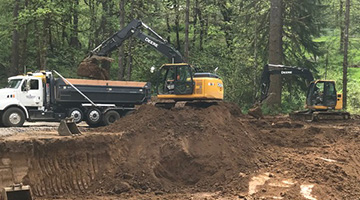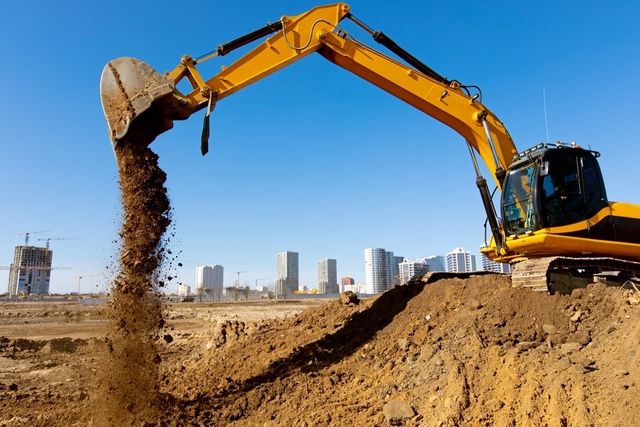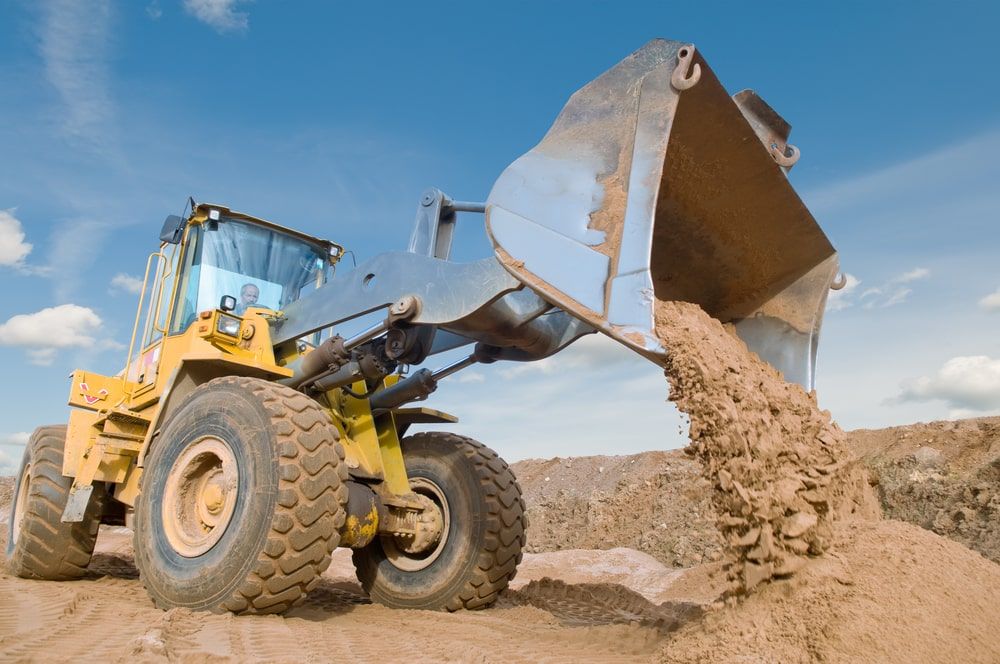Lancaster Trenching - Professional Trenching Solutions in Lancaster, Ohio
Lancaster Trenching - Professional Trenching Solutions in Lancaster, Ohio
Blog Article
Extensive Exploration: The Scientific Research Behind Superior Excavation Practices
From ancient hand tools to modern hydraulic excavators, the development of excavation methods has actually been a testament to human ingenuity and technical improvements. What genuinely sets exceptional excavation methods apart is a deep understanding of geological concepts, coupled with the usage of sophisticated devices and methodologies.
Evolution of Excavation Methods
Throughout history, the development of excavation techniques has played a crucial duty in advancing building methods and archaeological explorations. From the simple tools utilized by our ancestors to the sophisticated equipment employed in contemporary times, the development of excavation approaches has actually significantly transformed exactly how we approach numerous jobs.
In old times, manual work with standard tools such as wheelbarrows, pickaxes, and shovels was the primary method of excavation. This labor-intensive procedure limited the depth and range of excavations, frequently causing slow progress and limited access to particular sites. However, as worlds progressed, so did the tools and strategies made use of for excavation.
The Industrial Transformation marked a transforming factor in excavation exercise with the intro of steam-powered machinery. This innovation reinvented the area, permitting faster and extra substantial excavations. In modern times, technology plays an essential function in excavation, with developments like general practitioner systems, drones, and 3D scanning improving accuracy and effectiveness in the area. The advancement of excavation methods proceeds to shape the method we develop, check out, and recognize the world around us.
Role of Modern Technology in Excavation

The integration of advanced technology has essentially transformed the field of excavation, improving precision and performance to extraordinary levels. Among the crucial technical advancements that has substantially affected excavation techniques is the usage of general practitioner systems. These systems enable exact mapping of excavation websites, making it possible for operators to accurately find underground utilities and frameworks. Furthermore, making use of telematics in excavation tools has actually made it possible for real-time tracking of device performance, leading to proactive upkeep and increased functional efficiency.
Moreover, the advent of 3D modeling and simulation software application has structured the planning procedure for excavation jobs. Operators and designers can currently envision the whole excavation procedure prior to beginning, optimizing and recognizing potential obstacles workflow. Along with this, the implementation of drones in excavation tasks has helped with aerial surveys, volumetric measurements, and website inspections with unrivaled rate and accuracy.
Geological Principles in Excavation
An understanding of geological principles is essential for guaranteeing the architectural stability and security of excavation websites. Geological aspects play a crucial role in establishing the usefulness and safety of excavation tasks (septic ohio). One essential geological principle to consider is the type of soil or rock present at the website. Different soil types, such as clay, sand, or gravel, have differing levels of security and need various excavation techniques. As an example, cohesive dirts like clay may call for added assistance to stop collapses, while sandy soils might be prone to disintegration throughout excavation.
By conducting detailed geological studies and analysis, excavators and designers can create strategies to alleviate threats and guarantee the effective conclusion of excavation projects. Inevitably, incorporating geological concepts into excavation methods is vital for accomplishing secure, efficient, and lasting results.

Most Recent Devices for Excavation
In the world of excavation methods, modern technologies in tools have revolutionized the performance and accuracy of excavation processes. Among the current tools making waves in the sector is the use of drones equipped with innovative imaging technology. These drones can supply comprehensive airborne studies of excavation websites, providing real-time information on topography and potential hazards. This information aids in much better preparation and pop over to these guys decision-making during the excavation process.
Another cutting-edge tool acquiring popularity is the execution of 3D printing technology for producing personalized excavation equipment. This enables for the production of specialized tools that are customized to the particular demands of a task, raising efficiency and decreasing downtime.
Moreover, advancements in products science have actually resulted in the growth of more powerful and extra sturdy excavation tools. excavating ohio. Tungsten carbide-tipped excavator add-ons, for instance, my response offer exceptional efficiency in challenging ground problems, improving performance on-site
Science's Influence on Excavation Practices

Moreover, innovations in products scientific research have actually led to the development of stronger, much more durable excavation devices and tools. For instance, the use of composite products in diggers and shovels has actually improved their efficiency and long life, eventually increasing performance on excavation sites. Furthermore, scientific research study on soil mechanics and geotechnical engineering has given useful insights into soil behavior, permitting excavation specialists to make enlightened decisions regarding excavation techniques and soil stablizing techniques. In general, science continues to drive advancement and renovation in excavation methods, making excavation jobs more efficient, affordable, and lasting.

Conclusion
In final thought, the advancement of excavation strategies has been considerably influenced by innovations in innovation and a much deeper understanding of geological concepts. The most recent tools and tools made use of in excavation have actually improved performance and precision in the area. The application of clinical knowledge has significantly improved excavation practices, resulting in more lasting and efficient approaches for excavating various sorts of materials.
In the realm of excavation methods, contemporary technologies in tools have actually changed the efficiency and precision of excavation procedures. By leveraging clinical principles, the excavation industry has actually been find more able to dramatically boost efficiency, accuracy, and safety in excavation processes. GPR permits excavation groups to non-invasively check and map subsurface structures, utilities, and potential risks, allowing them to intend excavation jobs with greater accuracy and reduced threat of crashes.
Furthermore, scientific study on soil auto mechanics and geotechnical engineering has provided useful insights into soil habits, allowing excavation specialists to make enlightened decisions pertaining to excavation approaches and soil stabilization methods. On the whole, science continues to drive development and improvement in excavation practices, making excavation projects more efficient, cost-efficient, and lasting.
Report this page